
The rules below are an exact copy of the rules as found on the Australian Rogaining Association website. The only difference between the rules below and the ARA rules is that sections relevant to the information on this website's Home page have been highlighted in red and made bold.
Australian Rogaining Association Technical Regulations
Rogaining is an amateur sport to be enjoyed by social and competitive participants and event organisers. These technical regulations have been drafted with simplicity and enjoyment as primary guides and govern the conduct of all rogaining events organised by any rogaining association affiliated with the Australian Rogaining Association (ARA). The regulations are composed of four parts as follows:
- Preamble (shown below)
- Competition Rules (shown below)
- Technical Standards (not shown below)
- Australian Championship Requirements (not shown below)
Preamble:
P1. The Preamble, the Competition Rules and the Technical Standards apply to all state championship rogaines as well as the Australian Championships. The Australian Championship Requirements apply to that event only.
P2. State Associations may adjust the technical regulations for specific minor (ie non-championship) events, where they consider this appropriate, by decision of their association management committee. They may also adjust the technical regulations for a specific state championship event where there are compelling reasons to do so. Any adjustment proposed for an Australian Championship rogaine requires the written approval of the ARA executive, acting on the advice of the ARA Technical Subcommittee.
P3. The Technical Standards set out the minimum requirements for championship rogaines. Improvements beyond these minimum standards are encouraged. In this context the ARA reaffirms as policy the "Guidelines for Organisers" published in the latest edition of the manual "Organizing a Rogaine" published by the International Rogaining Federation. The ARA recommends the techniques described in that manual except where they are superseded by these Technical Regulations.
P4. The ARA supports the policy promulgated by the Australian Sports Commission (ASC) on the prohibition on the use of performance enhancing substances by participants in sport.
P5. In interpretation and use of these technical regulations, participants, organisers, committees and jury panel members shall at all times be guided by a sense of fair play.
P6. Apart from the event specific adjustments set out in P2. above, these technical regulations can only be altered by decision of the ARA Council.
P7. For the majority of participants, rogaining is a social and recreational activity. The purpose of these regulations is to introduce a standard based on wide experience that will enhance the sport in general and allow for a competitive element to the sport that is based on fairness. Many of the competition rules relate to safety and etiquette on which the reputation of rogaining with government and landowners is founded and which, if contravened, will threaten the survival of the sport. Organisers must pay particular attention to ensuring that all participants in an event, irrespective of their competitive status, are aware of the importance of abiding by the regulations on which the sport’s reputation depends. In particular competition rules; R1, R2, R5, R9, R10, R11, R12, R13, R14, R15, R18, R19, R20, R21, R22 & R29 are fundamental to the continued survival of the sport. Participants who contravene these rules may be banned from future rogaines.
Competition Rules:
Rogaining is the sport of long distance cross-country navigation for teams travelling on foot. The object is to score points by finding checkpoints located on the course within a specified time. Checkpoints may be visited in any order.
Definitions
"The course" means anywhere a team travels during the time of the rogaine but specifically excludes the access road and areas in the proximity of an administration area designated by the organisers for non- competition use, for example for parking or camping. "Event site" includes the course and any administration, access and non-competition areas.
Entries
R1. A team shall consist of two, three, four or five members.
R2. A team that has a member under fourteen years of age shall also have a member eighteen years of age or over.
R3. Competition placings are awarded in several sections based on the age and gender composition of teams. Each team shall be deemed to be entered for all sections of the competition for which it is eligible.
R4. No member of a team shall have been involved with the organisation of the rogaine so as to have a prior familiarity with the rogaine course or the fieldwork of the rogaine map.
Respect for Land and Property
R5. Competitors shall respect public and private property.
(a) Competitors shall not cross newly sown ground or growing crops, except if specifically permitted by the organisers, or any area deemed out-of-bounds by the organisers and shall keep a reasonable distance from dwellings and stock with young.
(b) Competitors shall take due care when crossing fences, crossing at corner posts, solid posts or between wires wherever possible. Each team shall leave gates in the same state as they were found.
(c) Competitors shall not discard litter or light fires at the event site nor smoke on the course.
(d) Competitors shall not unduly damage or disturb native flora or fauna.
(e) Dogs and weapons of any kind, including firearms, are prohibited at the event site.
Conduct of Competitors
R6. Competitors shall not enter the course until the official start is signalled.
R7. Navigational Aids
(a) The only navigational aids that may be carried on the course are magnetic compasses, watches and copies of the competition map.
(b) The possession of other navigational aids, including pedometers, altimeters and GPS receivers on the course is prohibited except when event organisers provide a means by which information on the devices cannot be accessed whilst on the course.
(c) The possession, at the event site, of maps that provide additional information not shown on the competition map is prohibited.
R8. The use of aids for course planning other than for distance measurement and scoring estimation is prohibited
R9. Competitors shall travel only on foot.
R10. Members of a team shall remain within unaided verbal contact of one another at all times whilst on the course. A team shall demonstrate compliance with this requirement to any event official or other team on request.
R11. Organisers shall issue checkpoint recording devices, which shall be a scorecard &/or an electronic recorder to one or more members of each team. Electronic recoding devices shall be attached to the competitors by a tamper-proof device, such as a wrist band, before the commencement of the event. Tamper-proof devices shall only be cut or removed by event officials.
R12. A team shall surrender its recording device(s) to any event official, and shall advise their team number to any event official or other team, on request.
R13. A team shall not accept assistance from, nor collaborate with, other people, nor deliberately follow another team.
R14. No food nor equipment shall be left on the course before the event for a team’s use, and no food or equipment shall be discarded on the course unless retrieved by the team during the event and brought by the team with them to the finish.
R15. Competitors shall carry a whistle at all times whilst on the course. In an emergency a competitor shall give a series of short blasts on their whistle.
Checkpoints
R16. All team members shall approach to within 5 metres of each checkpoint for which points are claimed.
R17. In order to gain points for a checkpoint teams must record their visit to that checkpoint using the recording device provided by the organisers in the correct square, where a scorecard is used. If a team punches an incorrect square, they must notify the organisers of the details of this immediately upon returning to the administration to be eligible to be credited with that checkpoint.
R18. Where more than one electronic recording device is provided to a team, all devices must record a visit to a checkpoint to gain points for that checkpoint.
R19. Teams shall fill in any intention sheet at the checkpoint with the time of arrival, the team number and the number of the checkpoint that they intend to next visit.
R20. If a recording device is lost, a team may present in its place a record of punch marks or a record of the electronic "punch" human readable back-up codes on any single sheet. The organisers will accept this single sheet from the team provided that the punch/record marks are discernible, and the team can identify to the organisers the checkpoint number for each of the marks.
R21. Competitors shall not deliberately rest within one hundred metres of a checkpoint unless the checkpoint is also a water drop.
R22. Competitors shall not adversely interfere with a checkpoint, water drop, any other facility placed upon the course by the organisers, or the equipment of any other team.
Administration Areas
R23. Whenever a team visits an administration area, all team members are required to report together to the organisers and surrender their team's scorecard and/or "check-in" their electronic recording device(s). The team shall only collect its scorecard and/or "check-out" their electronic recording device(s) immediately prior to leaving that administration area.
R24. A team is considered to have completed the event when:
a) all team members have reported together to the designated finish administration area and
b) they have surrendered their recording devices.
The team finish time is the latest time recorded for any member of the team.
R25. If a competitor wishes to withdraw from a team for any reason the entire team shall return to an administration area and notify the organisers. The original team shall be deemed to have finished the event. If a new team is formed it may be admitted to the competition at the discretion of the organisers but no points shall be credited for checkpoints already visited.
Penalties and Protests
R26. The penalty for breaching these rules is disqualification except for rules R16, R17, R18 and R19 for which the penalty is the loss of points for the checkpoint under consideration. Any team disqualified under this rule shall be recorded as DSQ.
R27. A team may voluntarily withdraw, by advising the organisers immediately upon their finish, if they have breached any rule for any reason and shall be recorded as W/D.
R28. A team may report in writing to the organisers about any team thought to have breached these rules, or may protest in writing to the organisers about any actions of the organisers that they consider made the competition unfair.
a) Within 45 minutes of the nominated finish time, if the violation was detected on course
b) Within seven days of the results being published, if the violation is only evident through examination of the results or admission after the fact by a competitor.
Scoring
R29. The event shall end at precisely the set number of hours after the actual starting time, both times as defined by the organisers’ clock. Where multiple timing devices are in use, the organisers shall ensure all clocks used to record finishing times are synchronized. Teams finishing late will be penalised at the rate per minute or part thereof specified in advance by the organisers. Teams finishing more than thirty minutes late shall be deemed ineligible for a placing and their result shall be recorded as LATE.
R30. A team’s score shall be the value of the checkpoints visited and correctly verified in accordance with these rules, less any penalties. The team with the greatest score, or in the event of a tie the team that finished earlier, shall be awarded the higher placing.
R31. In the event of a checkpoint being damaged or deemed misplaced or missing by the organisers, teams shall be awarded the checkpoint score:
a) If the punch is missing or damaged but the team has a correct record on the intention sheet.
b) If the punch is missing and there is no intention sheet, but the team can satisfy the organisers that they visited the correct site.
c) If a checkpoint is missing or misplaced but the team can satisfy the organisers that they visited the correct site.
d) For a correctly recorded visit to a misplaced checkpoint.
e) If an electronic "punch" fails but the team has either (where applicable) a punch on a backup control card or record of the human readable back-up code for that checkpoint.
General
R32. Any team hearing a distress signal must abandon their course and help in any way needed. No team shall be penalised for any rule breached in the course of giving such help.
R33. Communications devices such as mobile phones may be carried for safety purposes when event organisers provide a means by which the devices cannot be accessed whilst on the course. Use of a phone whilst on the course is prohibited.
|
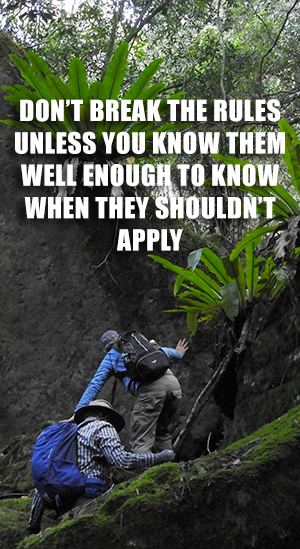
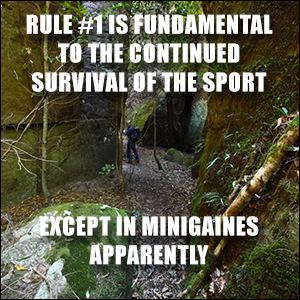
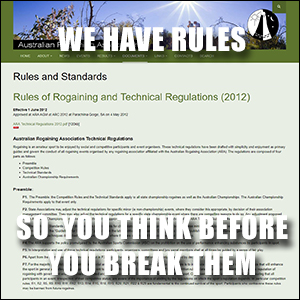
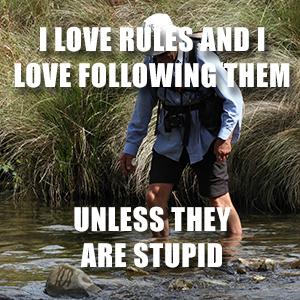
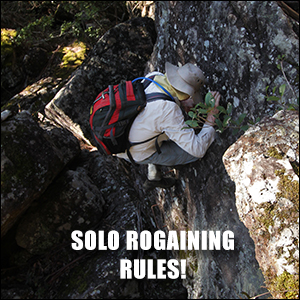
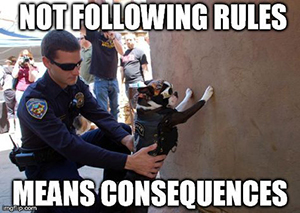
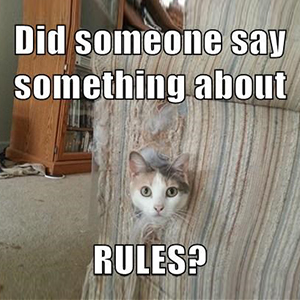
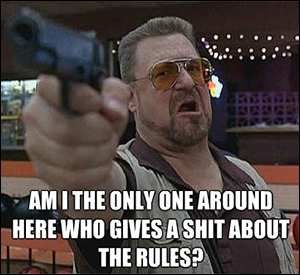
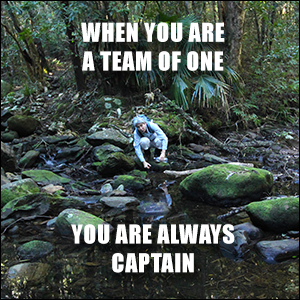
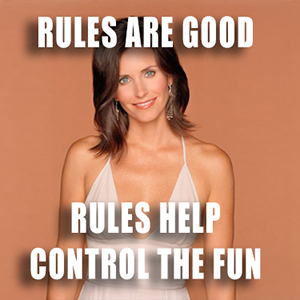
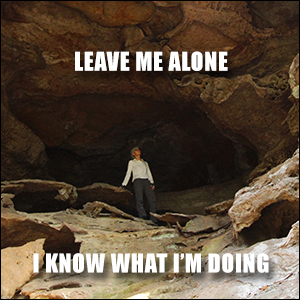

|














